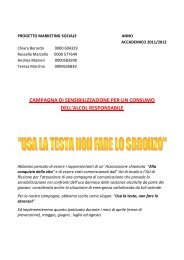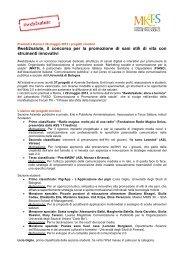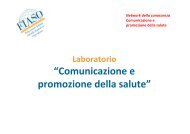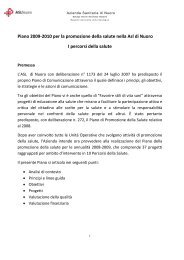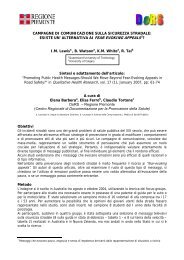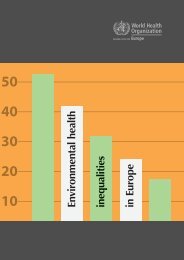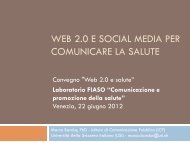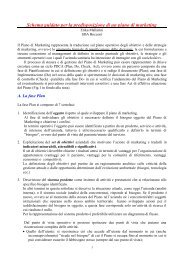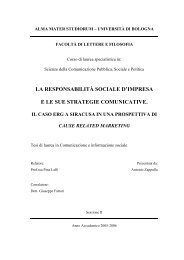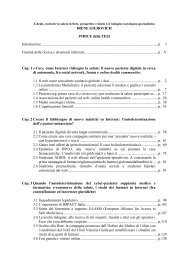Better schools through health: learning from practice
Better schools through health: learning from practice
Better schools through health: learning from practice
You also want an ePaper? Increase the reach of your titles
YUMPU automatically turns print PDFs into web optimized ePapers that Google loves.
Schools using the planner need support <strong>from</strong> key stakeholders, such as the schooladministrator and a <strong>health</strong> sector representative. A team approach is critical to successas is someone to take the lead on the assessment and manage the process. The degreeof commitment can be managed by choosing one or more modules, and the numberof people involved.The pilot testThe main purpose of the pilot was to elicit feedback on the tool’s functionality, includingusefulness, ease of use, and clarity. A more fulsome evaluation of the implementationand impact will be conducted at a later date.A total of 33 <strong>schools</strong> registered online to participate in the pilot. Of these, two-thirdscompleted use of the tool and one-third completed a feedback form. Overall, feedbackindicated the tool resulted in a better understanding of comprehensive school <strong>health</strong>by the team, and in some cases, by the school community. All of these <strong>schools</strong> woulduse the tool again in the future and would recommend it to other <strong>schools</strong>. Highlightsof the results include the following:•• Most <strong>schools</strong> completed at least 2 modules.•• Most <strong>schools</strong> found it easy to enter, exit, and move around the tool.•• Almost all <strong>schools</strong> found questions in the assessment tool to be clear, andmost <strong>schools</strong> found it easy to obtain the answers and interpret the results.•• Most <strong>schools</strong> chose 3 or 4 indicators to focus on and moved on to theplanning portion. All found the results and recommendations useful andagreed they helped identify areas to work on.•• Most <strong>schools</strong> said instructions for indicator selection, directions for theplanning portion, and the instructions on setting priorities were clear.•• Schools on average spent 2.2 hours per module on assessment and the timerequired to develop an action plan ranged <strong>from</strong> 1 to 6 hours.•• Almost all <strong>schools</strong> found the feedback report to be useful. All <strong>schools</strong>planned to share the report with others.DiscussionA few difficulties were noted:•• Few of the <strong>schools</strong> used the Tool Guide (intended to facilitate understandingand use of the tool) but found it overall to be useful.•• The team approach was not fully embraced: in some cases, individualsanswered assessment questions or made decisions on what areas to workon, rather than a team; in most <strong>schools</strong> proceeding to planning, the tool wascompleted by an individual.•• Few of the <strong>schools</strong> used the support materials on developing a plan butthey found the material very useful or useful.•• Only 1 school used the glossary.ConclusionThe pilot study revealed that the tool is working as intended, the instructions aregenerally clear, and the tool is having the anticipated benefits.Minor changes to the tool are recommended, such as making users aware of whatusing the tool entails and the amount of time needed for completing the process.40




